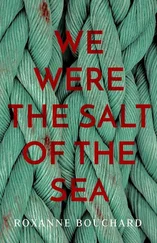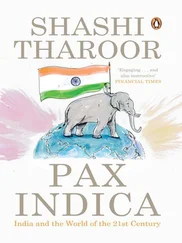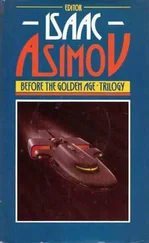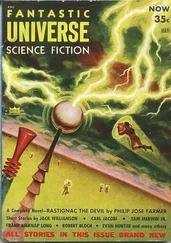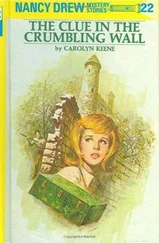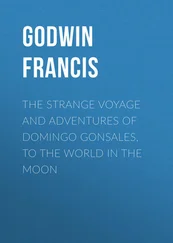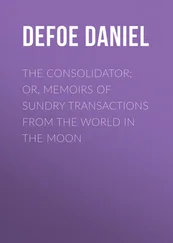Political opponents, intellectuals, land owners, Muslim and Christian clergy and farmers against collective farming were all seen as being against the regime and were killed in scores of bloody purges, sentenced to long prison sentences, or banished. The repression affected entire families, who were punished collectively. They were also banished or deported and forced into labour. Enver Hoxha’s repressive leadership style as well as the ever-present threat for Albanians from enemies, created an intimidated people filled with hate.
Albania’s political isolation lasted for over 40 years. It led not only to an extreme division of the country, but was a huge contributing factor to the impoverishment of the people. Ramiz Alia became the second and last Communist leader after Hoxha’s death in 1985. Despite making many economical reforms and making progress in international politics, he continued to lead according to Communist ideals. Protests, which began in late autumn 1990 and were mainly led by students, brought Ramiz Alia and his party into difficulties. In mid-December 1990, his party renounced its exclusive mandate. The formation of new political parties was permitted. The Social Democratic Party of Albania was formed in 1990 and was the direct successor of the Stalinist Communist party. The Democratic Party of Albania was formed in 1991. The Social Democrats won the first free elections in 1991. However, persistent unrest led to renewed elections barely a year later. Sali Berisha’s Democratic Party of Albania won this election with a two-thirds majority.
BRUSSELS
BELGIUM
Location:European Parliament Parc Léopold
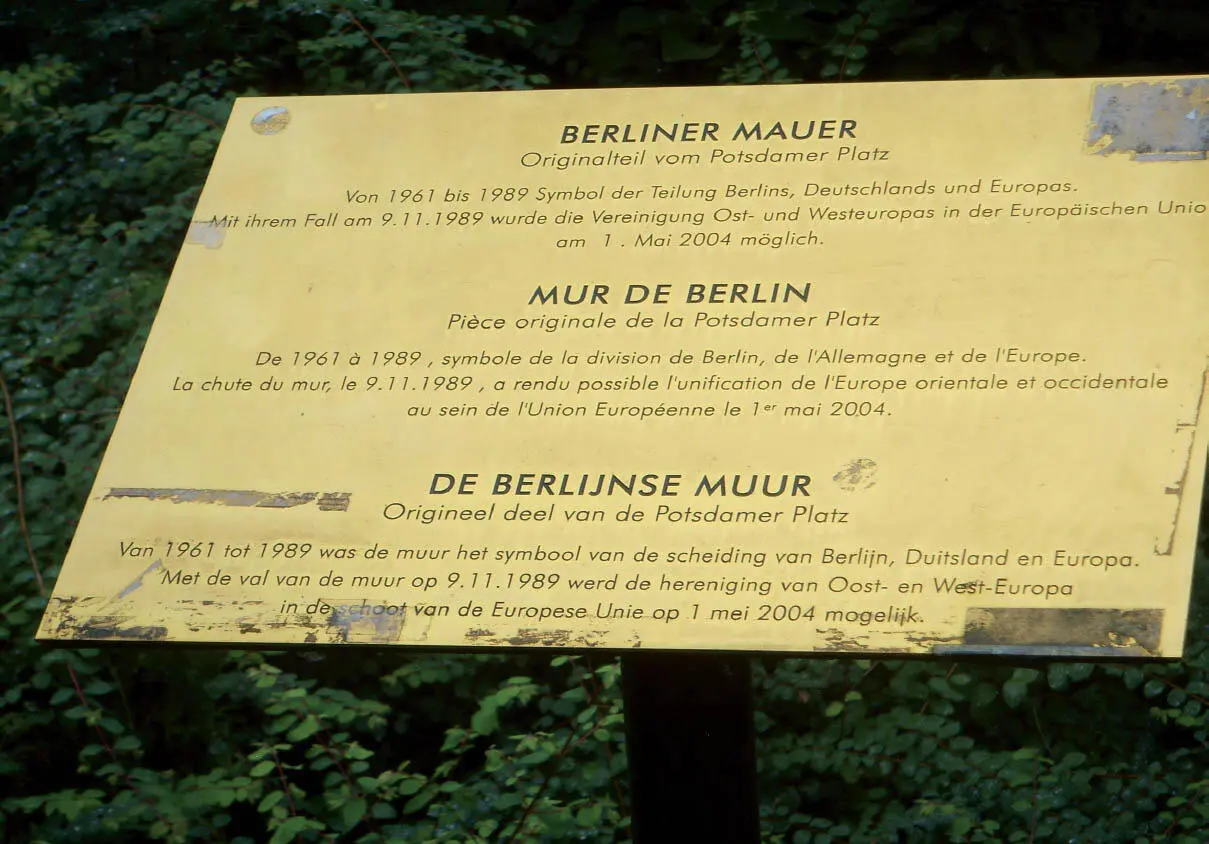
Information board on the Wall behind the European Parliament, Brussels
© Jens Schöne
In 2001, considerations were being made in Berlin to display a segment of the Berlin Wall in Belgium. A section of the Wall had already been given to the European capital as a symbolic gesture from Berlin, but it remained in Germany. Only after a suitable site was found was it loaded onto a transporter on Potsdamer Platz and taken to Belgium.
The segment was presented to the public in Parc Léopold, Brussels, not far from the European Parliament on 22 ndApril 2004. It was presented to Michaele Schreyer (commissioner for the European Commission and former Senate of Berlin representative) on behalf of the German capital by André Schmitz (Senate Chancellery – Cultural Affairs). Michaele Schreyer had taken part in the memorable West Berlin senate assembly in “Rathaus Schöneberg” (Schöneberg City Hall) on 10 thNovember 1989. Representing Belgium at the ceremony were Jacques Simonet (Minister-President of the Brussels Capital-Region) and Jos Chabert.
The section of the Berlin Wall is visible from the European Parliament as well as from the Committee of Regions building. Delegates from over 300 local authorities and communities from all over Europe meet there to discuss European politics.
In view of the then forthcoming 2004 enlargement of the European Union, it should be made clear that the division of Europe was resolved. The segment was put up behind a fence and can only be only be viewed from outside. A small plaque commemorates the division of Germany and Europe in the three official languages of Belgium: German, French and Dutch.
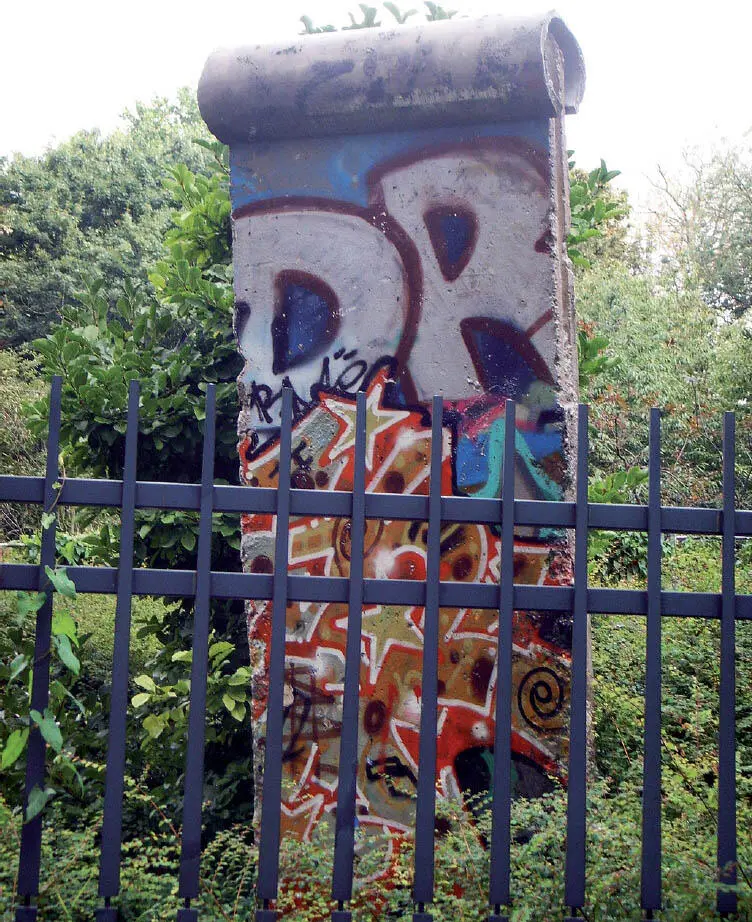
The Wall behind the European Parliament, Brussels
© Jens Schöne
Originalteil vom Potsdamer Platz. Von 1961 bis 1989 Symbol der Teilung Berlins, Deutschlands und Europes. Mit ihrem Fall am 9.11.1989 wurde die Vereinigung Ost- und WestEuropes in der Europäischen Union am 1. Mai 2004 möglich .
Pièce originale de la Potsdamer Platz. De 1961 á 1989, symbole de la division de Berlin, de l’Allemagne et de l’Europe. La chute du mur, le 9.11.1989, a rendu possible l’unification de l’Europe orientale et occidentale au sein de l’Union Européenne le 1er mai 2004
Origineel deel van de Potsdamer Platz. Van 1961 tor 1989 was de muur het symbool van de scheiding van Berlin, Duitsland en Europe. Met de val van de muur op 9.11.1989 werd de hereniging van Oost- en West-Europe in de schoot van de Europese Unie op 1 mei 2004 mogelijk .
Original segment from Potsdamer Platz. From 1961-1989 symbol of the division of Berlin, Germany and Europe. With its fall on 9.11.1989, the unification East and West Europe in the European Union on 1 stMay 2004 was made possible .
BRUSSELS
BELGIUM
Location:Mini Europe, Bruparck

Miniature of the Wall in Bruparck, Brussels
© Jens Schöne
The Brandenburg Gate can also be found in Brussels between the Holsten Gate and the Speyer Cathedral. The Berlin Wall runs in front of the gate – people walk alongside it and even sit on it – without hinderance from border soldiers. Low-loading trailers and demolition equipment can be seen on the other side. The dismantling and transportation of the former border fortifications is underway. The famous Wall graffiti, depicting Breschnew and Honecker and the famous “Brotherhood Kiss” (which was actually painted on a segment at the East Side Gallery), can also be seen.
These miniature replicas can all be seen in the Mini Europe Park at the foot of the world famous Atomium. The miniatures, which were financed by the European Union and the city of Brussels, have all been painstakingly made to a scale of 1:25 and include famous structures from all over Europe.
The park, which was opened in 1989 by Prince Phillip of Belgium, is one of Brussels’s biggest tourist attractions. “The Spirit of Europe” – an interactive exhibition, initiated by the European Parliament, awaits guests after they have been on a tour of the park. The exhibition concentrates on the memorable events that took place in Berlin on 9 thNovember 1989.
BRUSSELS
BELGIUM
Location:In front of the headquarters of the European Commission, Rue de la Loi / Wetstraat 200
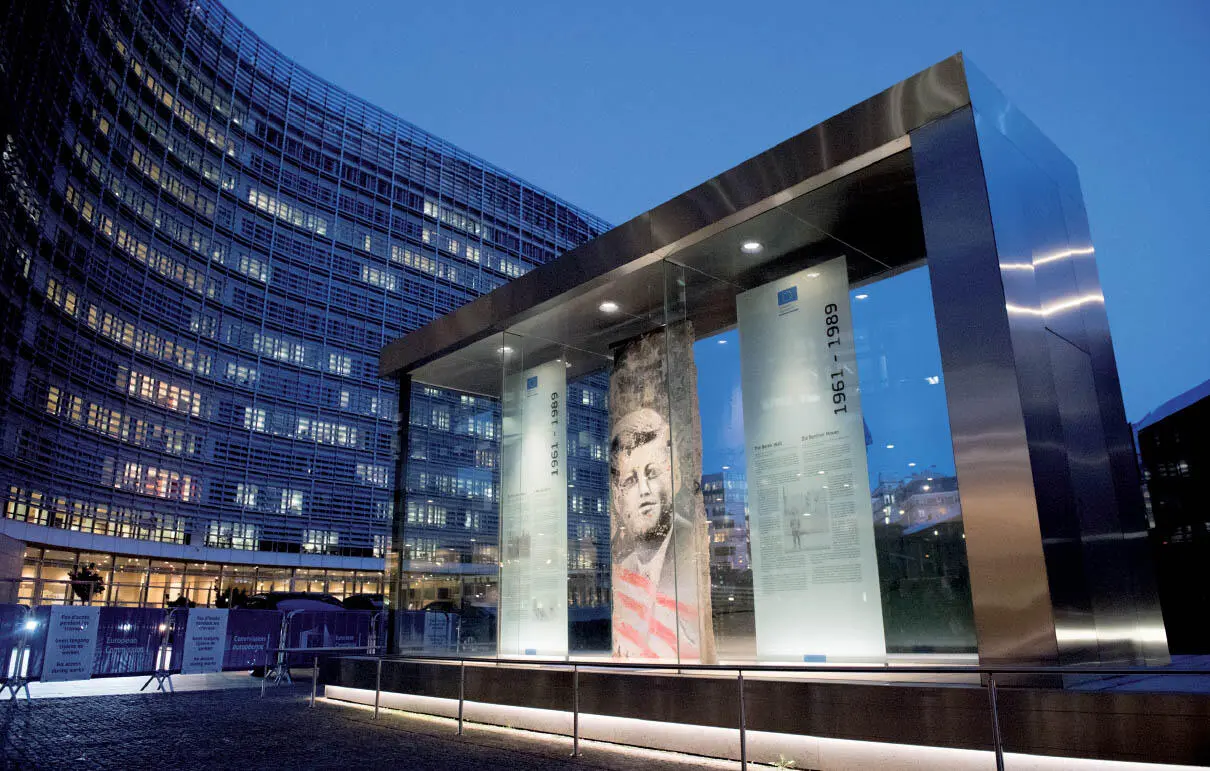
The Wall in front of the European Commission headquarters in Brussels
© Mauro Bottaro / Europäische Union
A piece of the Berlin Wall called the “Kennedy Segment” stands on the esplanade of the Berlaymont building, the headquarters of the European Commission in the so-called European Quarter on the eastern edge of Brussels. To commemorate the fall of the Wall and to mark the 25 thanniversary of German reunification, the Wall segment was ceremoniously unveiled on November 9 th, 2015 by EU Commission President Jean-Claude Juncker, EU Commission Vice President Kristalina Georgieva, EU Commissioner Günther Oettinger and German Finance Minister Wolfgang Schäuble. Since 2009, the piece of the Wall, painted by Leipzig artist Alban Seyboth, had initially stood on the nearby Place du Luxembourg, where a replica of the former Checkpoint Charlie border crossing had been erected to mark the 20 thanniversary of the fall of the Wall. This was supplemented with a photo exhibition and original segments of the Berlin Wall. The initiative came from the Belgian authorities in partnership with the Prime Minister, the Representation of the European Commission in Belgium, the Information Office of the European Parliament and the Municipality of Ixelles in the Brussels Region. In 2012, the segment came into the possession of the European Commission and was subsequently restored. Since then, it has been protected from weather and damage by glass panels.
Читать дальше





